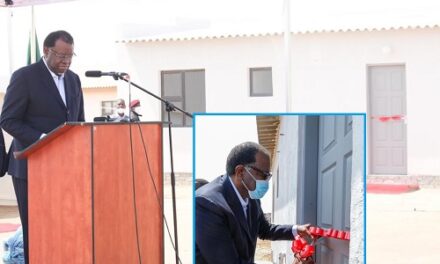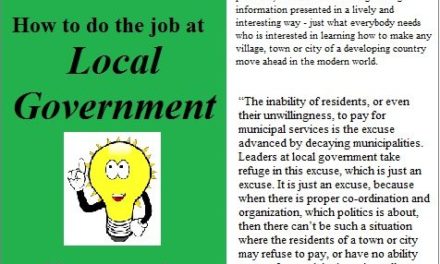
Pearl millet is not only a staple food for many people of northern Namibia, but it is also the most stable and reliable crop.
With the situation of climate change affecting many regions across the world, the unreliable rainfall and poor soils as a result of overpopulation, pearl millet remains one of the most resilient crop varieties and an important source of natural nutrition for millions of people.
In Namibia pearl millet is known as “mahangu”, grown in the northern and north eastern regions of the country where it is a staple food.
Unlike maize, the mahangu crop grows easily in these parts of the country due to its ability to withstand harsh weather conditions such as little rainfall or flooding. In addition mahangu does not require much fertilizers or expensive pest control measures.
Although cultivating mahangu is a long and labour-intensive process, done mostly by women and their children, it has been the source of sustenance for livelihoods of the people of northern Namibia over several centuries.
The mahangu grains are ground into a flour, which is cooked into a thick lump of porridge called “oshifima” and eaten with relish in the form of wild spinach called “ombidi” or “evanda”. Oshifima may also be eaten with meat or chicken relish, or with fermented milk.
Mahangu flour may also be fermented to make a drink called “oshikundu” which is an energy-booster for people at work. Mahangu can also be brewed to make an alcoholic drink called “omalodu” which is drunk during celebratory occasions.
In Namibia pearl millet (mahangu) was declared by the Government in May 2008 as a controlled crop in order to control the imports and exports of mahangu grains.







